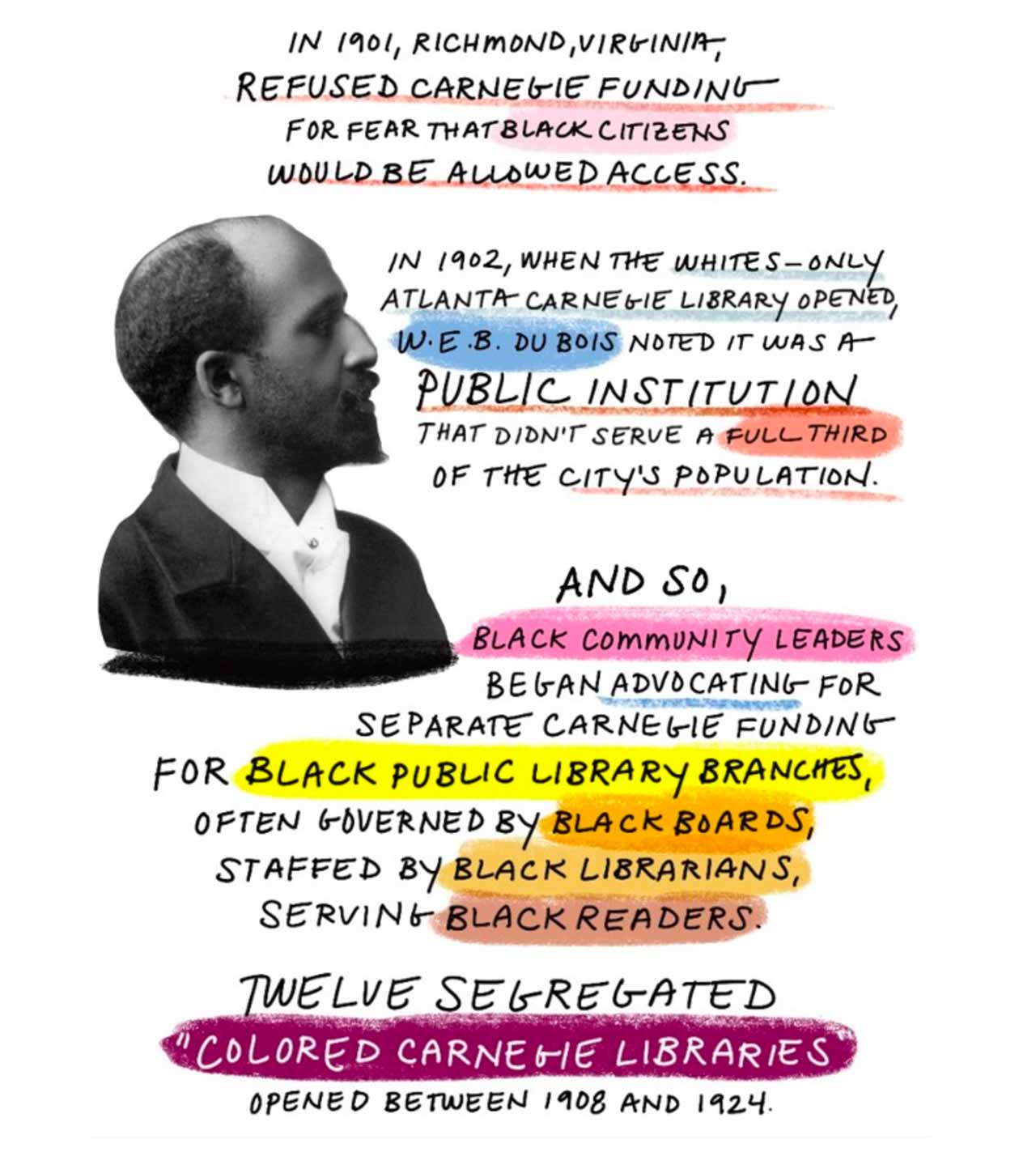Americans for the Arts had a post on their blog last week that hit a lot of the right buttons for me. Steve Sanner and his partners have the Jiffy Lube franchise for Indiana. He writes about how placing murals on their buildings and becoming involved with other mural projects has benefited and redefined their business approach.
He says from 1985-2015, he and his partners basically approached their marketing from the assumption that the advice of husbands, fathers and boyfriends were what motivated women to visit Jiffy Lube locations. Therefore most of their marketing was aligned toward men even though women comprised 50% of their customers.
In 2015, we made a conscious decision begin speaking directly to women about the virtues of Jiffy Lube. We wanted women to know they could trust us to handle their maintenance needs and that they wouldn’t be subjected to chauvinistic or condescending mechanics.
A chance encounter with an arts group put them on the road to placing murals on some of the 48 Jiffy Lube shops they own. The first three murals were designed as paint by numbers stencils so that community members could participate in their creation. A mural calling attention to mental illness involved flying a graphic novelist out from Seattle to hold panel discussions and resulted in a fundraising effort that benefited the National Alliance on Mental Illness.
The first three murals attracted the attention of the Arts Council of Indianapolis with whom they partnered on six murals in 2018 with another six planned for 2019.
Sanner says from a purely business perspective, this has been a smart move for them:
Vehicles are going longer between oil changes and many only need one or two oil changes per year. This makes it easy to forget about your neighborhood Jiffy Lube. In addition, sign ordinances have become stricter, making it hard to identify our locations easily. By painting these murals, we are giving people an organic reason to talk about and pay attention to our stores.
If you have been reading my blog for any length of time, you know what he said next was the part I love the most (my emphasis):
Internally, we have been surprised at how many artists we have working for us. Our employees are now showing off their own talents through sketches, vehicle graphics, and tattoo designs. We are planning museum tours and art classes designed to help our people further develop their artistic skills, understanding that this will help drive creativity in our own business. Employee retention is a huge issue for many businesses these days, and we are no exception. People want to be proud of who they work with and they care more than ever about the mission and purpose of their employer.



There is another way. The Gewandhaus Leipzig in Germany (concert venue) offers flex- tickets for a small premium. Not an…